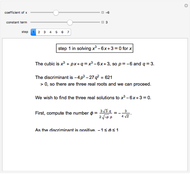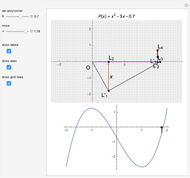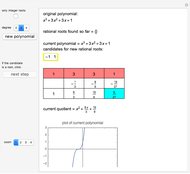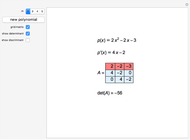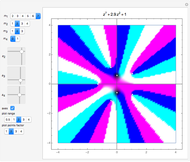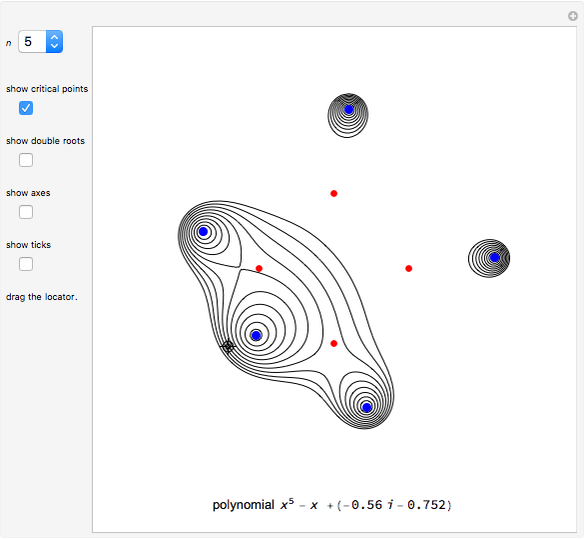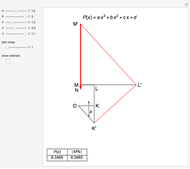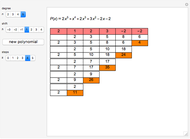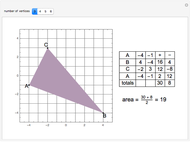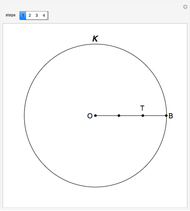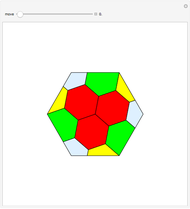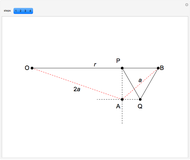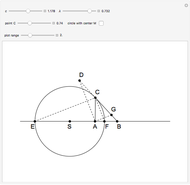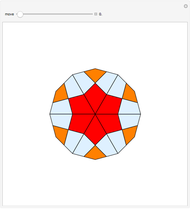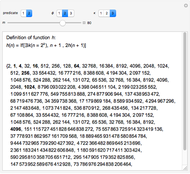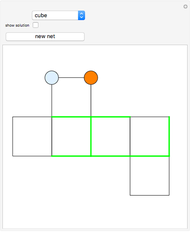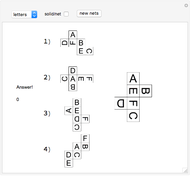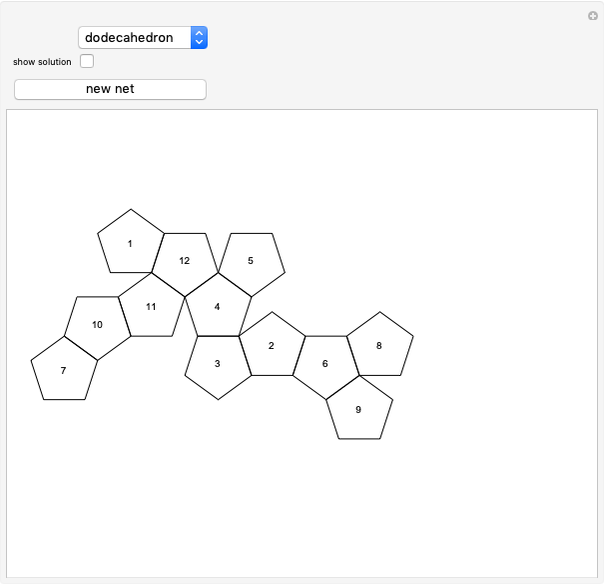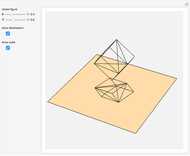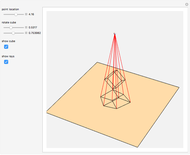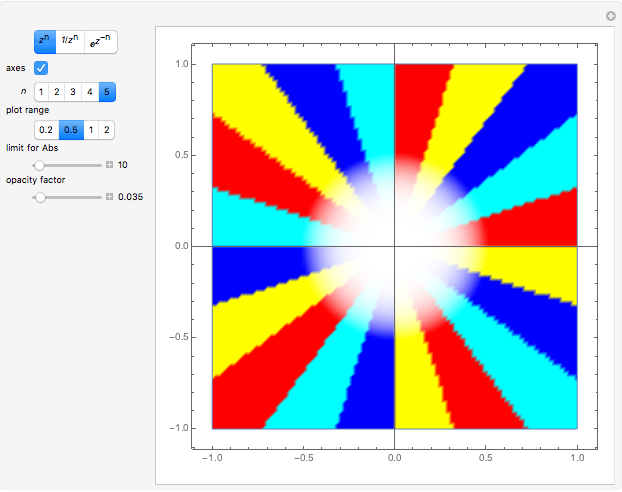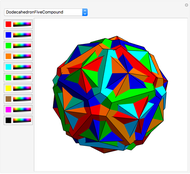Newton's Polynomial Solver

Requires a Wolfram Notebook System
Interact on desktop, mobile and cloud with the free Wolfram Player or other Wolfram Language products.
This Demonstration shows Newton's method of finding approximate roots of an equation  by using three slide rules, called primary, secondary, and tertiary. We can read
by using three slide rules, called primary, secondary, and tertiary. We can read  directly with an auxiliary primary rule. We calculate the value of polynomial
directly with an auxiliary primary rule. We calculate the value of polynomial  for
for  ,
,  , and
, and  . If its value for
. If its value for  is near
is near  ,
,  is approximately a root of the equation.
is approximately a root of the equation.
Contributed by: Izidor Hafner (October 2012)
Based on a note by: C. J. Sangwin
Open content licensed under CC BY-NC-SA
Snapshots
Details
The slide rules are called primary, secondary, and tertiary. On the primary rule we read  according identity
according identity  . On the secondary rule we read
. On the secondary rule we read  according
according  . The tertiary rule gives us
. The tertiary rule gives us  ,
,  . The actual value of the polynomial
. The actual value of the polynomial  at
at  is
is  , the signs being determined appropriately.
, the signs being determined appropriately.
Reference
[1] C. J. Sangwin, "Newton's Polynomial Solver," Journal of the Oughtred Society, 11(1), 2002. pp. 3–7. web.mat.bham.ac.uk/C.J.Sangwin/Sliderules/newtonpoly.pdf.
Permanent Citation















